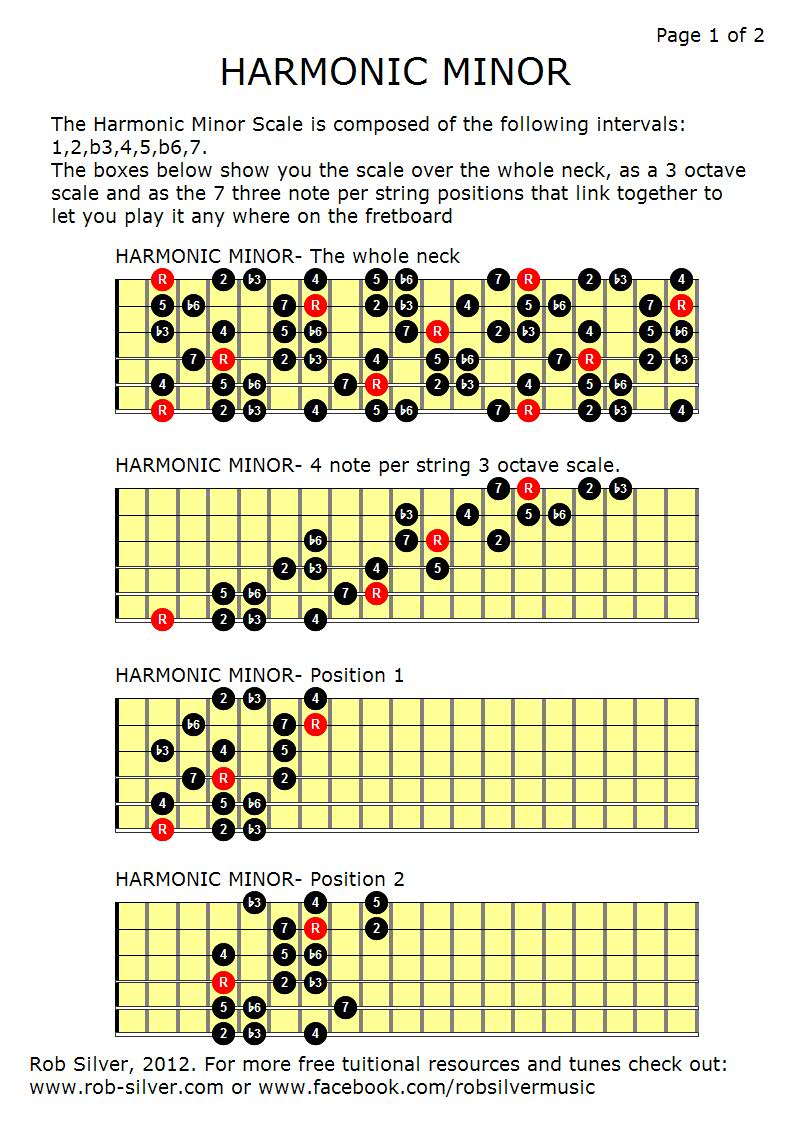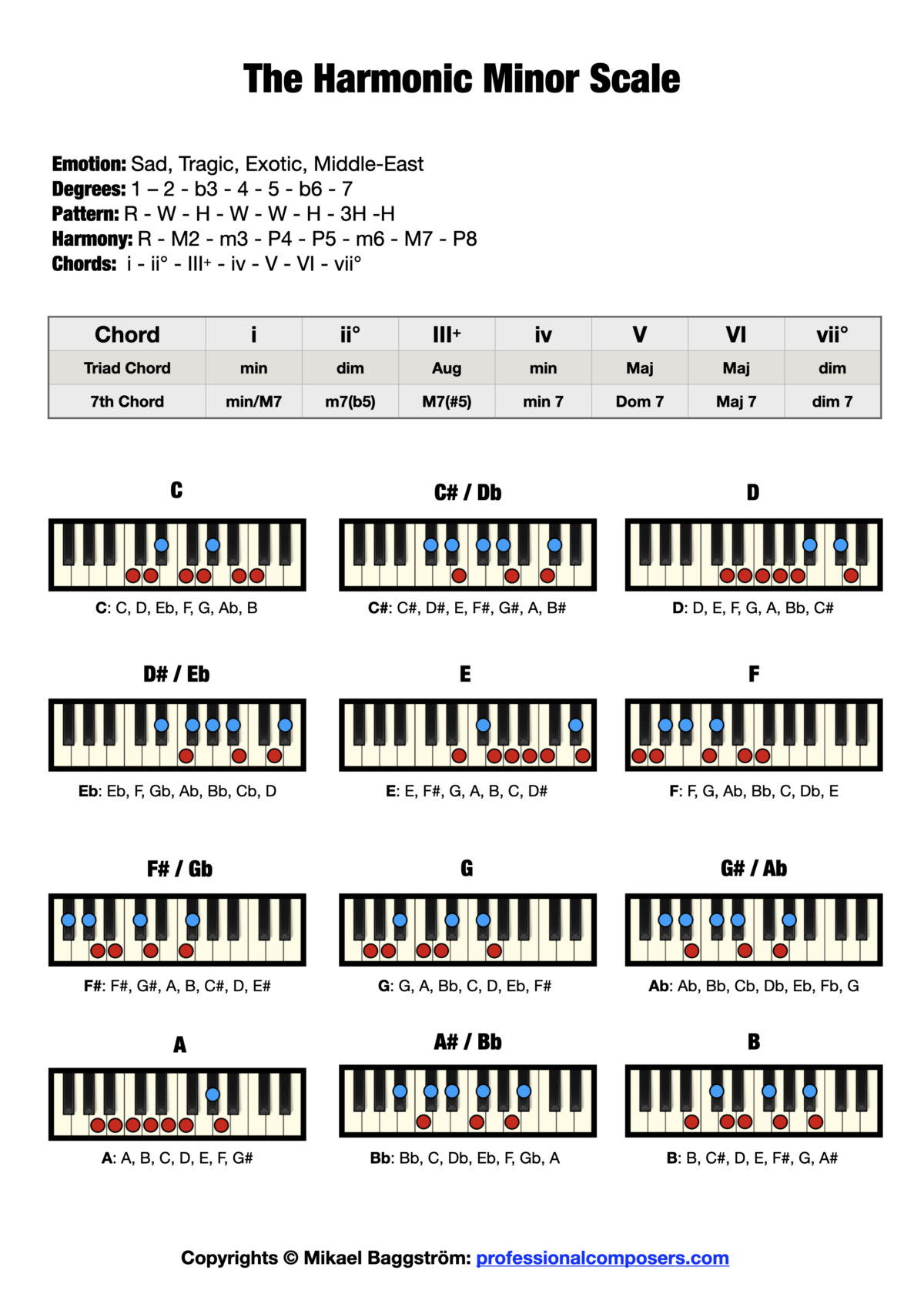


Level 6 = E Major, E harmonic minor (2 octaves) Level 5 = A Major, A harmonic minor (2 octaves) Here is the leveling based on the Royal Conservatory of Music program’s technical skill requirements to give you a rough idea of a good progression of this particular technical skill. Every student I’ve used this with has found it very helpful – I hope that perhaps it will help your students as well! Since I’m a visual person, I came up with this simple visual for my students. I try to avoid using formal “scale books” for students to have to read every note and fingering, so I needed to find an easy way to explain the pattern.

The first time I tried to teach a student the formula pattern, it was a struggle.

Finally, finish the pattern by descending the final half of the scale in parallel motion.Once again, after descending halfway back down the parallel motion scale, throw in another contrary motion scale (out and back in).Finish the top half of the ascending scale in parallel motion.At the halfway point, play a contrary motion scale, returning back to the middle.Begin by playing the scale ascending in parallel motion.If you’re unfamiliar with this scale pattern, it is basically a 2 (or 4) octave scale with a bump in the road. I’ve always wondered why it’s called a “formula pattern” so if you know, please educate me! I find it to be a boring name for such a fun scale! Ha!Īctually, I think we should call them zig-zag scales instead! What do you think?! LOL Not only are they fun to play and sound cool, but they’re a wonderful way to teach scale fingerings – especially when students are first learning to play scales.Ī step up from a simple contrary motion scale is playing scales using what’s called a “formula pattern.”


 0 kommentar(er)
0 kommentar(er)
